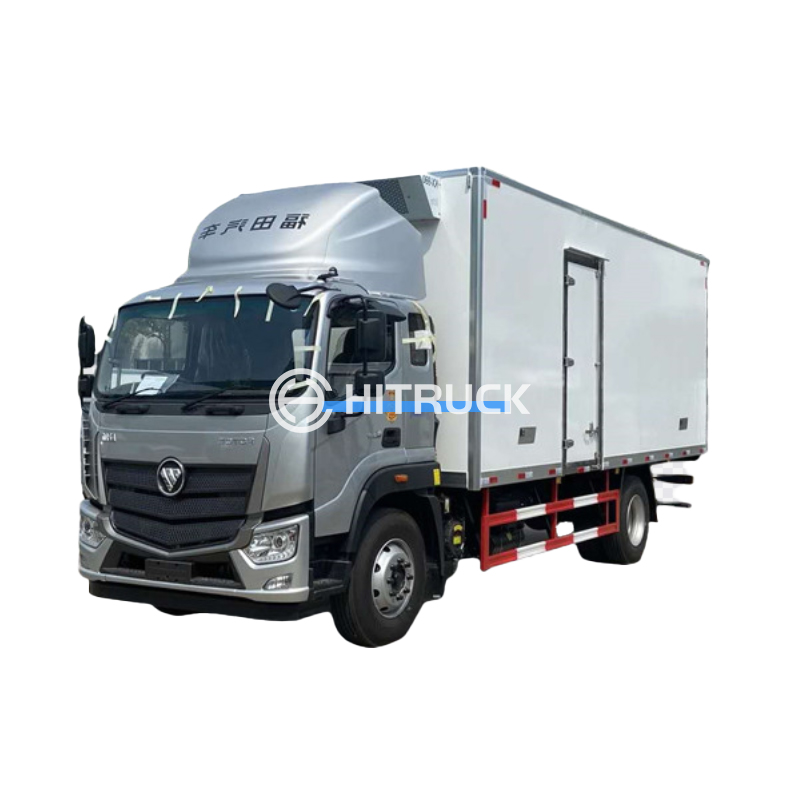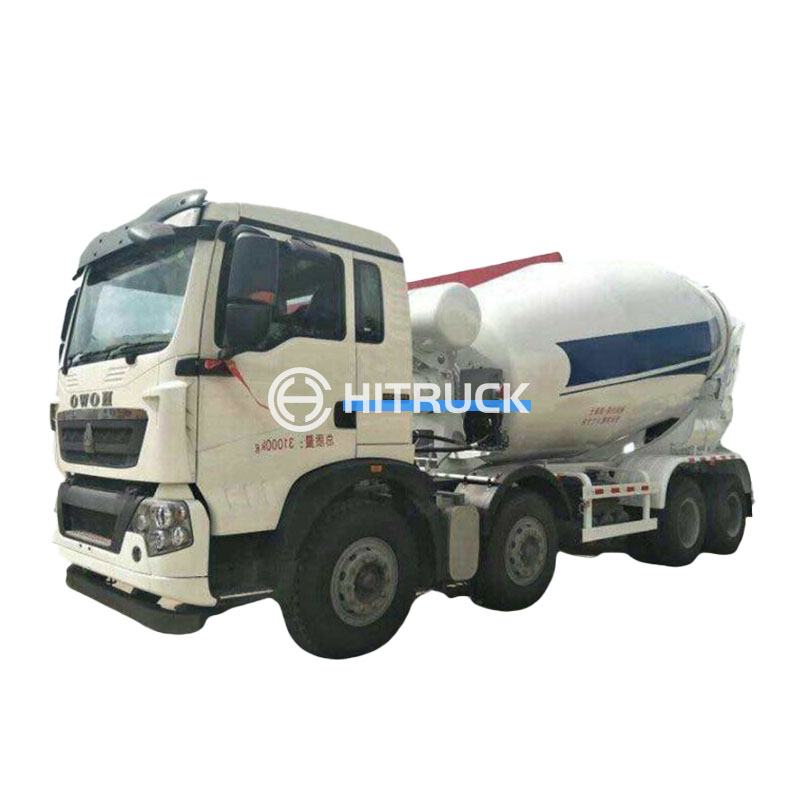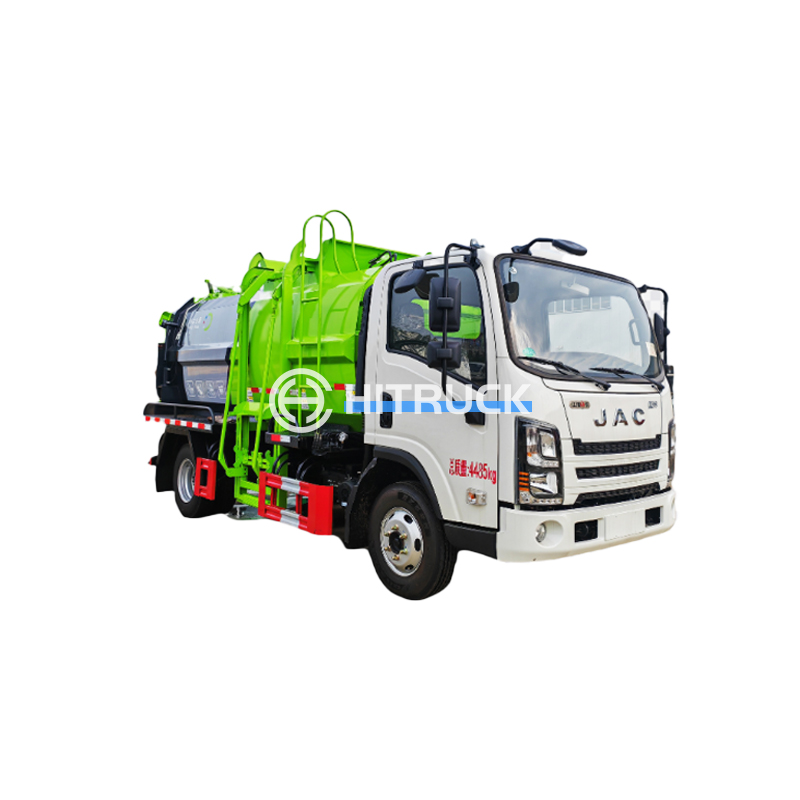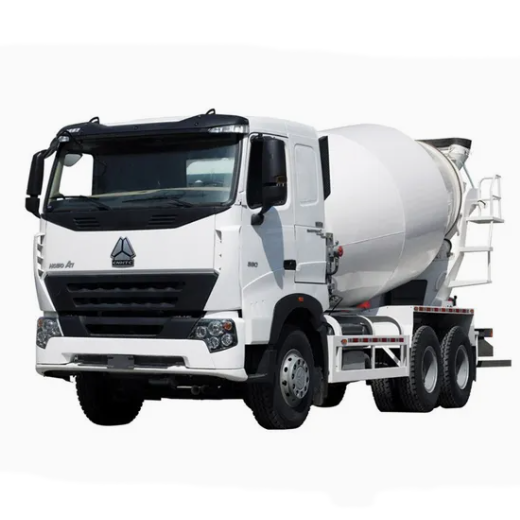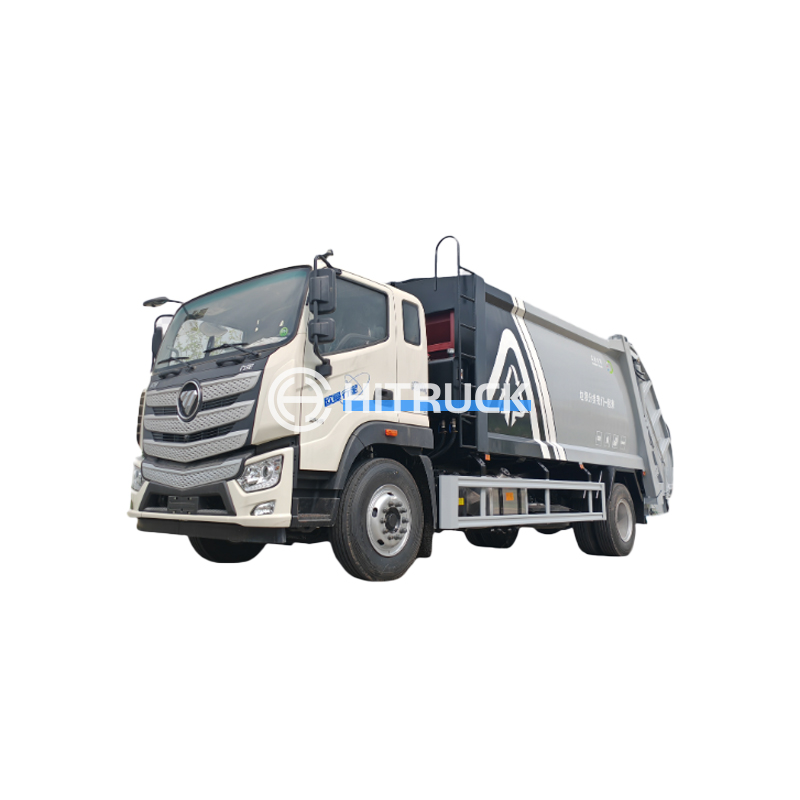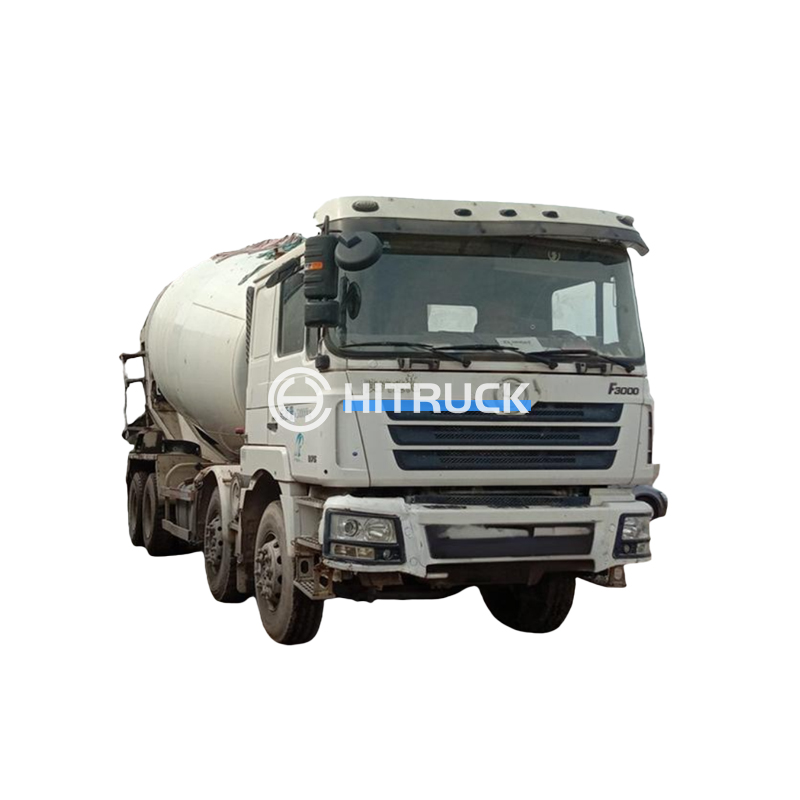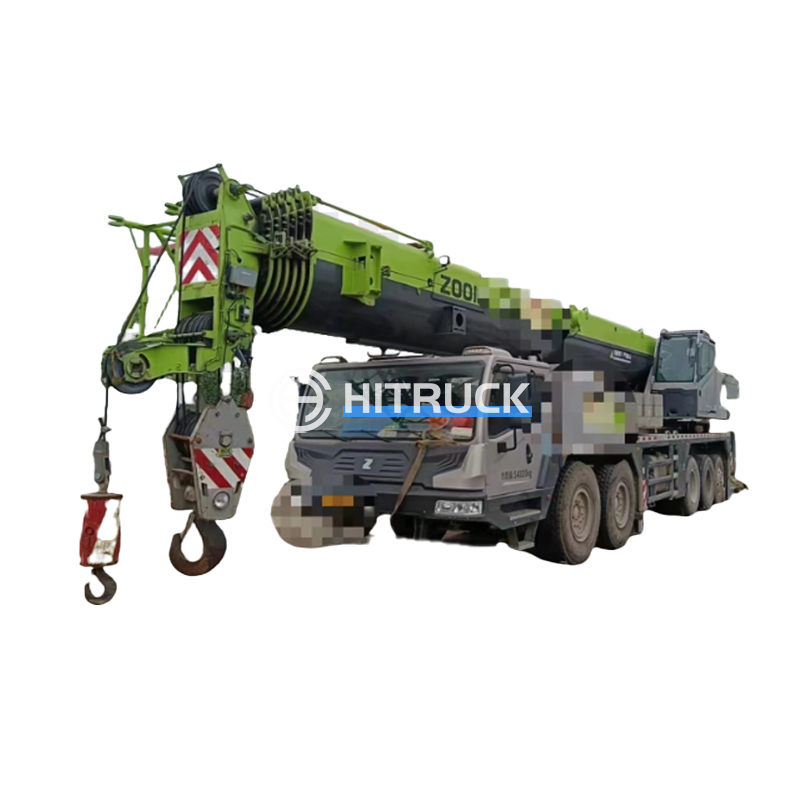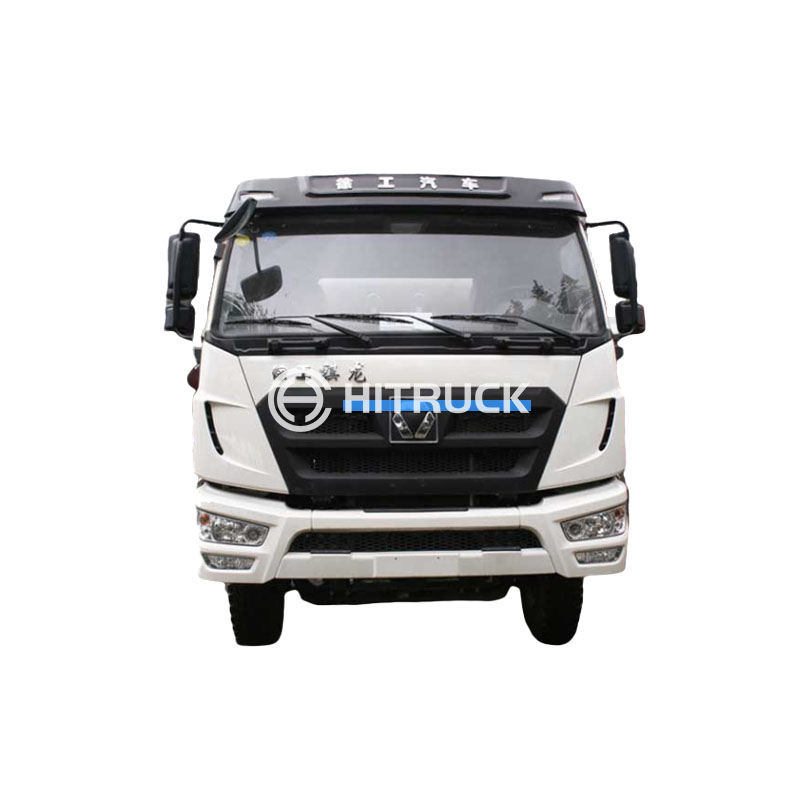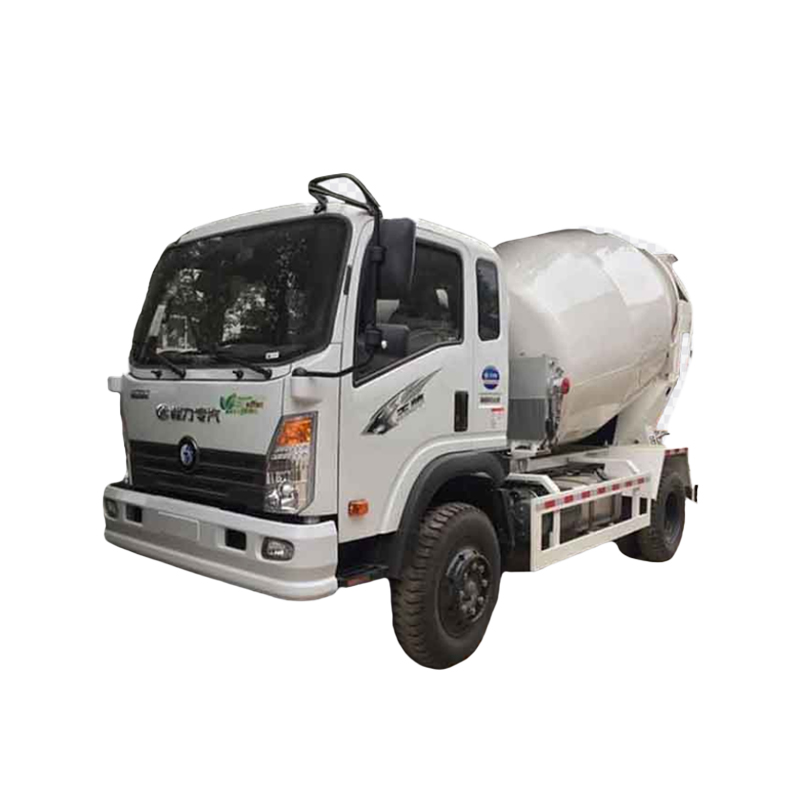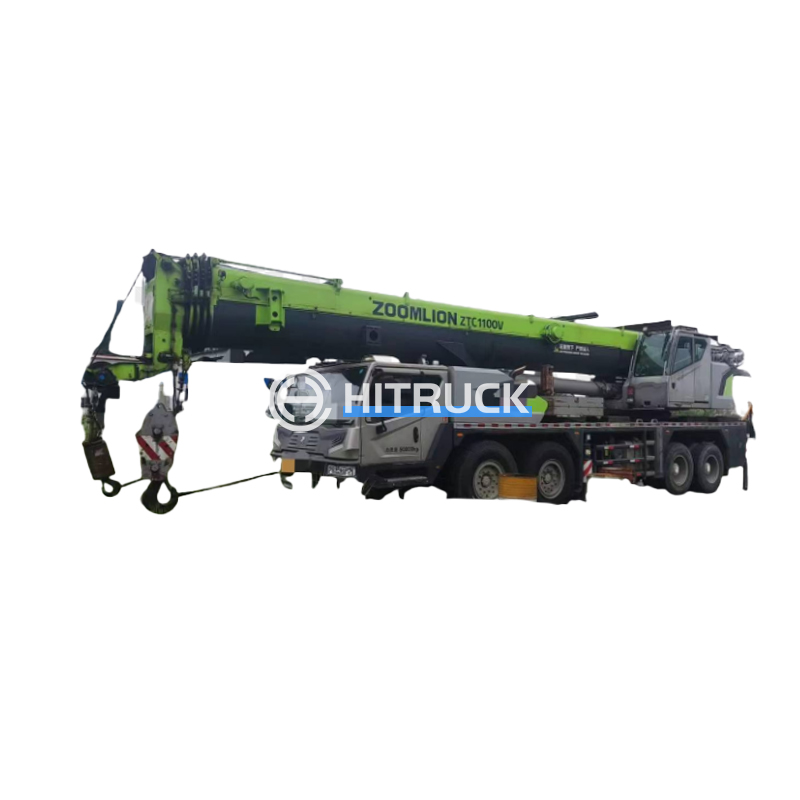This comprehensive guide explores the intricacies of crawler tower cranes, providing valuable insights into their design, operation, applications, and safety considerations. We'll delve into the key features that distinguish them from other crane types, highlighting their advantages and disadvantages in various construction scenarios. Learn about selecting the right crawler tower crane for your project and ensure safe and efficient operation.
Crawler tower cranes, also known as lattice-boom crawler cranes, are self-erecting cranes mounted on crawler tracks. This unique design combines the stability of a crawler base with the vertical reach of a tower crane. Unlike mobile cranes, they don't rely on outriggers for stability, making them exceptionally suitable for uneven terrain and challenging ground conditions. Their robust construction allows for heavy lifting capacities and significant heights, making them indispensable in large-scale construction projects.
Crawler tower cranes boast impressive lifting capacities, often exceeding those of other crane types in their class. The significant reach, coupled with their ability to operate on unstable ground, makes them ideal for projects requiring substantial lifting heights and reach in remote locations. Specific lifting capacities and reach vary significantly depending on the crane model and configuration. For precise specifications, always consult the manufacturer's documentation.
The crawler tracks provide superior mobility and stability on soft, uneven, or sloped surfaces. Unlike wheeled cranes that require firm, level ground and outriggers for support, crawler tower cranes can operate directly on challenging terrains, minimizing site preparation costs and maximizing efficiency.
The versatility of crawler tower cranes is a key advantage. They are commonly used in various construction applications, including:
Selecting the appropriate crawler tower crane for your project demands careful consideration of several factors:
Accurately assess the maximum weight you need to lift and the frequency of those lifts. Overestimating your needs is costly; underestimating could be disastrous.
Determine the required horizontal and vertical reach to ensure the crane can comfortably access all lifting points across the project site.
Evaluate the ground conditions to ensure the selected crane is adequately equipped to handle the terrain. Consider factors like soil type, slope, and potential obstacles.
Factor in the purchase or rental costs, maintenance expenses, and operational overhead when choosing a crawler tower crane.
Safety is paramount when operating any heavy lifting equipment. Strict adherence to safety protocols and regular maintenance are crucial for preventing accidents. Proper training for operators is essential, as is regular inspection of the crane's structural integrity and functionality. Always comply with all relevant safety regulations and guidelines.
| Feature | Crawler Tower Crane | Tower Crane (Wheeled) | Mobile Crane |
|---|---|---|---|
| Terrain Adaptability | Excellent | Good (with outriggers) | Good (with outriggers) |
| Lifting Capacity | High | High | Variable, generally lower than tower cranes for similar size |
| Mobility | Good (on tracks) | Limited | Excellent |
For a wide selection of heavy-duty trucks and related equipment, explore the inventory at Suizhou Haicang Automobile sales Co., LTD. They offer a variety of options to support your construction needs.
Disclaimer: This information is for general guidance only. Always consult with qualified professionals and refer to manufacturer specifications for specific details and safety instructions before operating any crawler tower crane.

